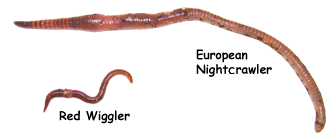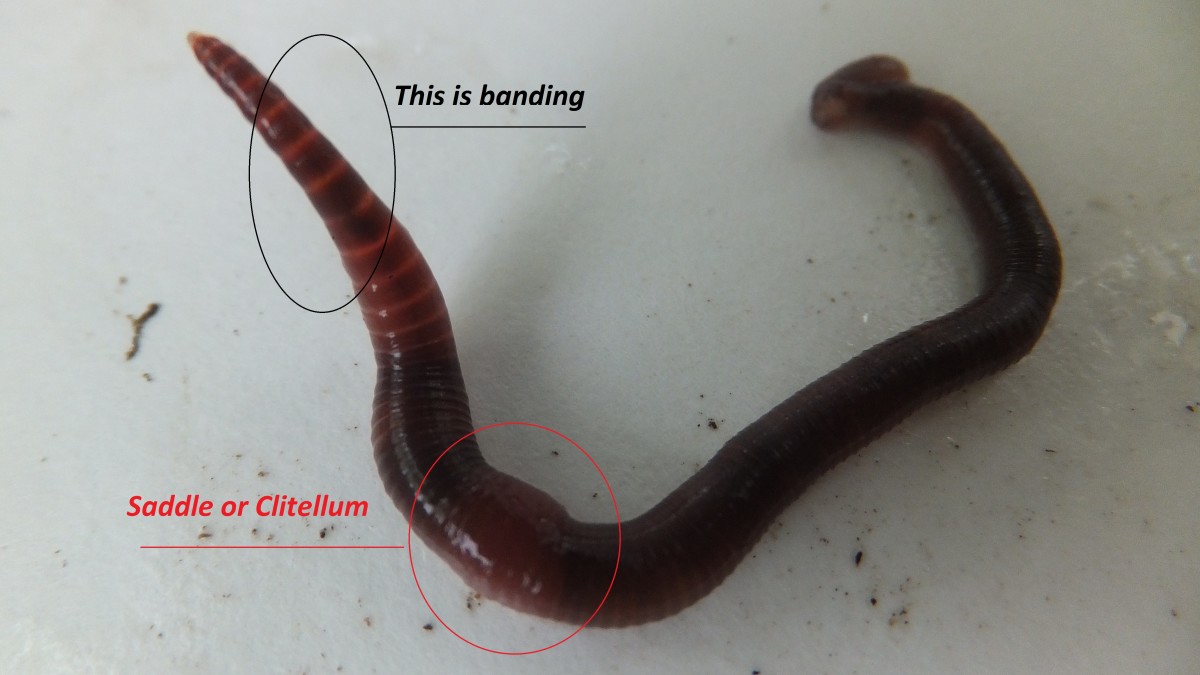Get Red Wiggler Worms - Suitable for Composting and Horticulture
Get Red Wiggler Worms - Suitable for Composting and Horticulture
Blog Article
Red Wiggler Worms Demystified: Unlocking the Secrets of Vermiculture for Greener Living and Nutrient-Rich Dirt
In the world of sustainable methods for enriching dirt quality and advertising eco-conscious living, red wiggler worms play a critical yet usually ignored duty. Red Wiggler Worms. Recognizing the complexities of caring for these worms, maximizing their environment, and utilizing their spreadings can lead to a greener way of life and much healthier dirt for plants to thrive.
The Function of Red Wiggler Worms
Red Wiggler worms play an essential role in composting systems by effectively damaging down natural matter into nutrient-rich spreadings. These voracious eaters take in a selection of organic products, such as kitchen scraps, lawn waste, and paper items. As they feed, the worms' digestive processes damage down the natural issue right into a fine, dark, and nutrient-dense material referred to as worm spreadings or vermicompost.
The castings generated by Red Wiggler worms are highly helpful for dirt health and plant growth. They are rich in necessary nutrients like potassium, phosphorus, and nitrogen, which are important for supporting healthy plant advancement. In addition, worm spreadings contain advantageous germs and enzymes that help improve soil structure, increase water retention, and improve nutrient uptake by plants.
Benefits of Vermicomposting

It improves dirt structure, enhances dirt oygenation, and increases soil moisture retention. Vermicompost likewise improves the soil with essential nutrients like nitrogen, phosphorus, and potassium, advertising plant growth and general dirt fertility.
Additionally, vermicomposting supports lasting horticulture practices by supplying a all-natural and chemical-free alternative to synthetic fertilizers. Red Wiggler Worms. This ecologically friendly technique not just improves the dirt but likewise helps in reducing dependence on harmful chemicals, advertising a greener and extra lasting means of horticulture
Establishing a Worm Container
When developing a worm container for vermicomposting, correct arrangement is critical to guarantee the success of the composting procedure. The initial step in establishing a worm container is picking a suitable container. This can be a plastic container or wood box that gives adequate room for the worms to move and has appropriate drain holes to avoid waterlogging. Next, a bedding material such as shredded paper, cardboard, or coconut coir you can try these out must be included to the container. This bedding gives a comfy atmosphere for the worms and assists maintain moisture levels.
After adding the bedding, present the red wiggler worms to the bin. The worms must then be given with food scraps such as fruit and veggie peels, coffee grounds, and eggshells.
Routinely monitor the wetness levels and temperature in the worm container to guarantee optimal conditions for the worms. With correct configuration and upkeep, the worm bin will successfully convert natural waste right into nutrient-rich compost for your plants and yard.
Harvesting Worm Castings
To successfully gather nutrient-rich worm castings from your vermicomposting system, an organized harvesting technique is essential. There are a few crucial actions to follow to guarantee an effective procedure when it comes time to harvest the worm castings. To start with, stop including fresh food scraps to one side of the worm bin for a number of important link weeks prior to collecting. This encourages the worms to move sideways with fresh bed linen and food, making it much easier to scoop out the castings from the various other side.

Troubleshooting Common Issues
Recognizing and resolving usual obstacles that might develop during the vermicomposting process is important for keeping a effective and healthy and balanced worm container. One typical problem that vermicomposters encounter is overfeeding. Adding excess food scraps can result in a buildup of moisture and level of acidity in the worm container, potentially harming the worms. To avoid this, feed the worms in moderation, guaranteeing that the food scraps are properly broken down prior to including much more. Another issue is undesirable smells rising from the worm container. Foul scents suggest anaerobic conditions, typically brought on by overwatering or poor air flow. To fix this, adjust the dampness degrees by adding dry bed linens materials like shredded paper or cardboard and boost aeration by transforming the bedding regularly.
Furthermore, if the worm population is decreasing or the worms appear harmful, maybe read this post here because of ecological stressors such as severe temperature levels or pH degrees. Checking these factors and making needed adjustments is necessary for the well-being of the worms. By repairing these typical concerns quickly, vermicomposters can guarantee a effective and smooth vermicomposting procedure while maintaining a thriving worm population.

Final Thought
In conclusion, red wiggler worms play an essential role in vermiculture by damaging down natural matter into nutrient-rich dirt. Setting up a worm container is necessary for successful vermiculture, and harvesting worm spreadings supplies important compost for horticulture.
As they feed, the worms' gastrointestinal processes damage down the organic matter right into a fine, dark, and nutrient-dense product understood as worm spreadings or vermicompost.
The castings produced by Red Wiggler worms are very helpful for soil health and plant development. Adding excess food scraps can lead to a build-up of moisture and level of acidity in the worm container, potentially damaging the worms.Additionally, if the worm populace is declining or the worms show up unhealthy, it can be due to environmental stress factors such as extreme temperature levels or pH levels. Establishing up a worm bin is essential for effective vermiculture, and harvesting worm spreadings offers beneficial compost for horticulture.
Report this page